In 2007 and 2008, the Italian artist Blu was in Berlin and painted two massive murals on a lot at Cuvrystraße in Kreuzberg. One of the murals shows the torso of a man straightening his tie and wearing gold watches on both wrists connected by a chain. I call it the Golden Handcuffs.
The second one shows two figures trying to unmask each other, with the one holding his fingers into a W for West and the other into an E for East.
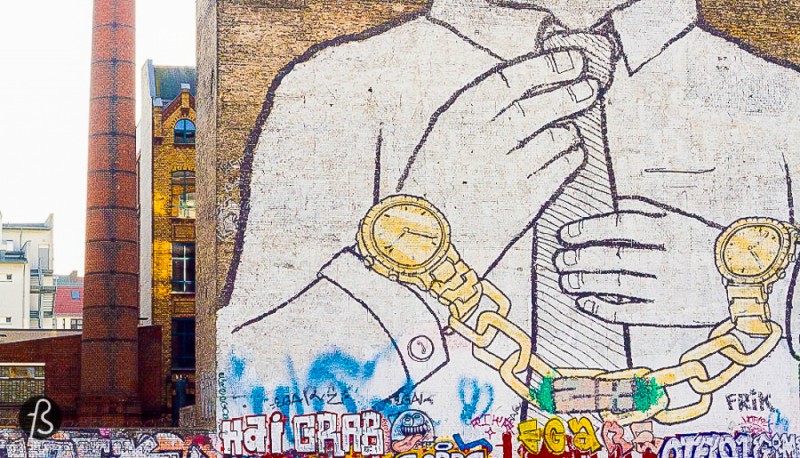
It didn’t take long for this artwork to become emblematic and a symbol for that part of Kreuzberg. The art magazine Artnet News even considers it one of Berlin’s Top 5 Graffiti. And we all know that graffiti art has a special status in Berlin.
Since the fall of the Berlin Wall in 1989, the city has been somewhat defined by its squatter and alternative culture. Going so far as to describe Berlin with the slogan poor but sexy.
And when you arrive in Berlin, the presence of graffiti is almost mind-blowing. The first time I came to Berlin, I knew what I wanted to see, and I wanted to see Blu’s artwork at Cuvrystraße.
I’m glad this was back in 2011 because most people who come to Berlin and want to see this beautiful mural in Kreuzberg must satisfy themselves with pictures of how it used to be.
The video below is a timelapse of the murals being done by Blu in Berlin.
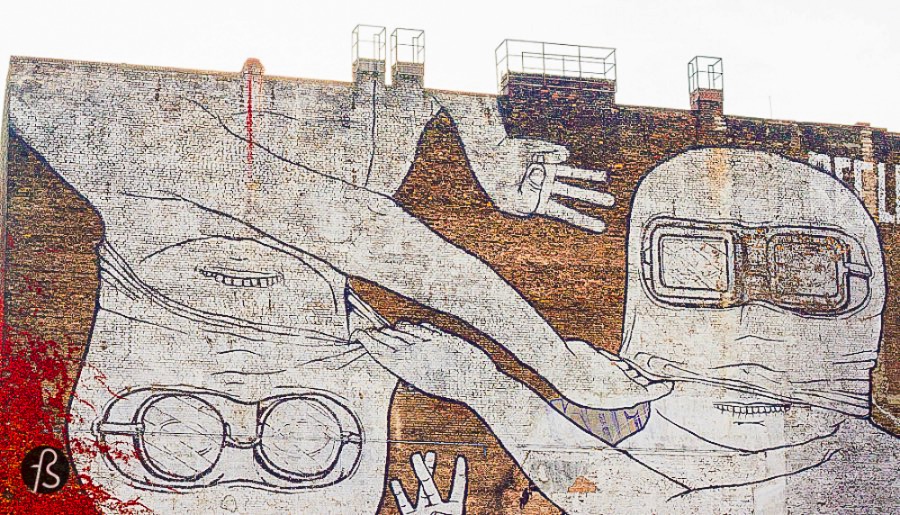
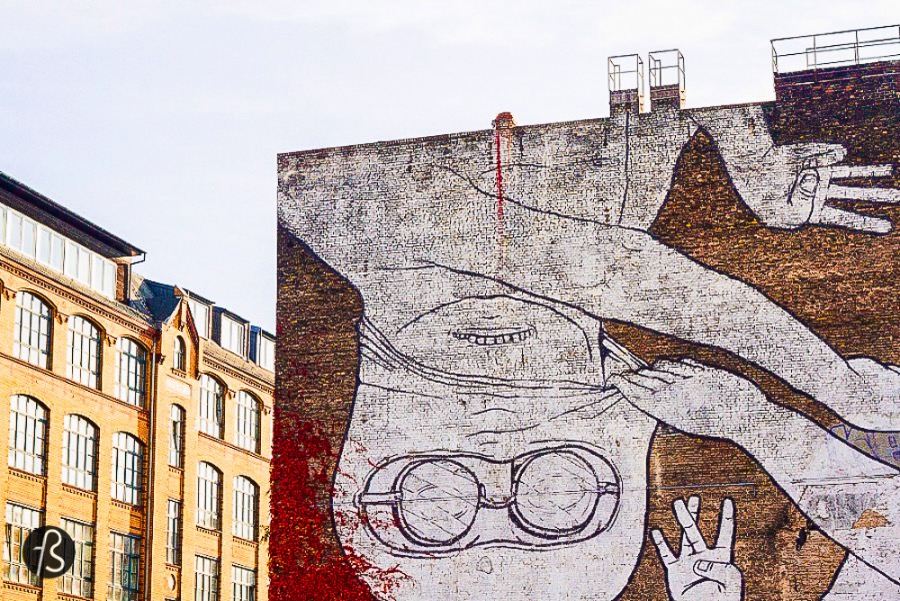
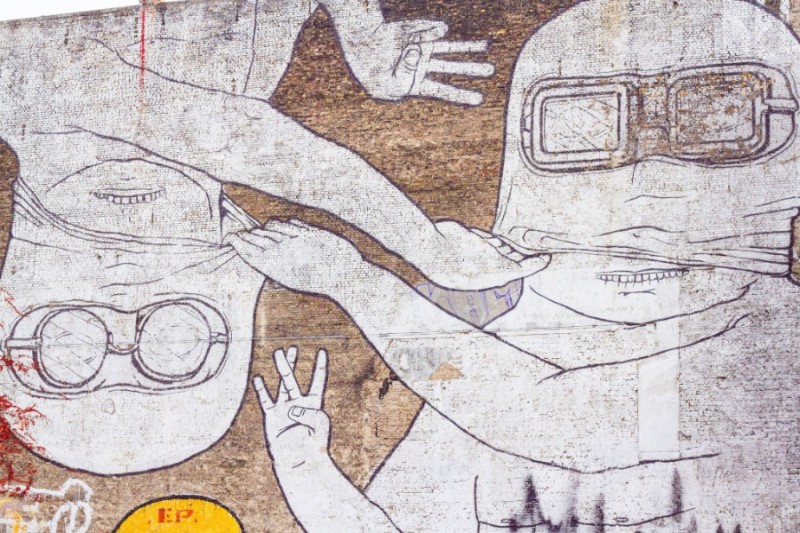
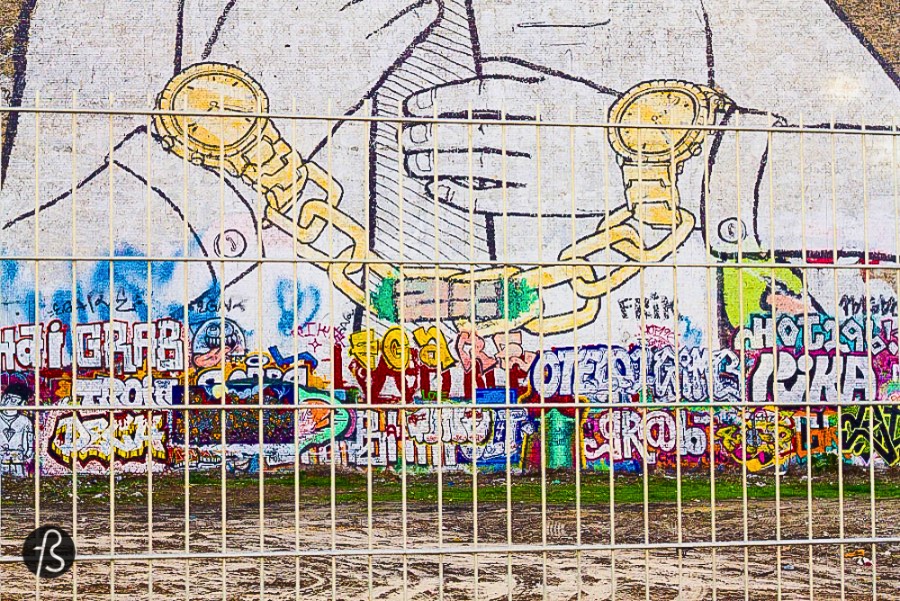

Saying Goodbye to Blu in Berlin-Kreuzberg
But why is this happening? Some people believe it is because Berlin sells its cultural identity to whoever pays the most. This is what Jascha Herr, a local resident who wants to save the murals, says about what is happening.
“The city of Berlin loves to promote its alternative scene – and more precisely the cultural value of its artists – but it simultaneously discards them. It is simply about selling to investors, who only see personal profit in the alternative landmarks of the city. But the cultural identity of the city belongs to all of us.”
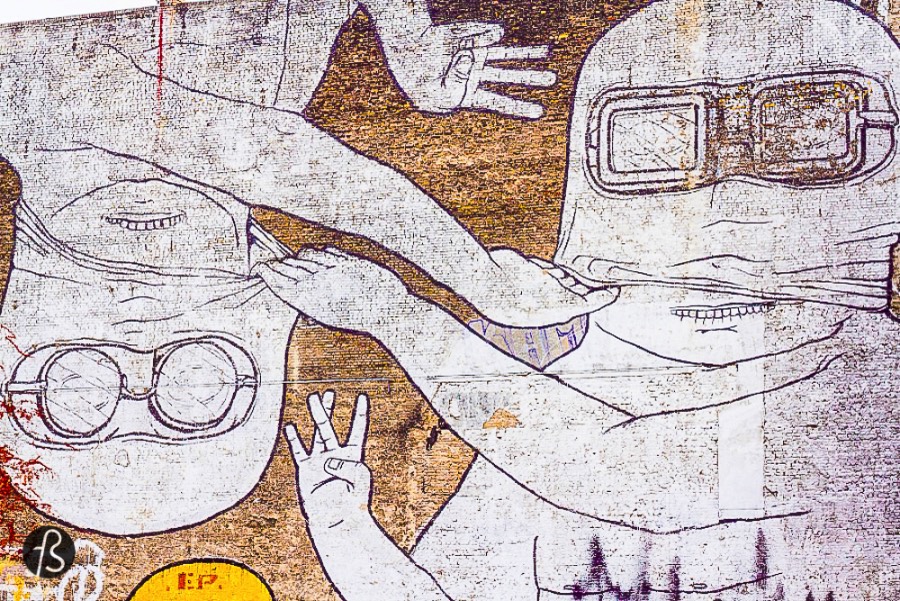
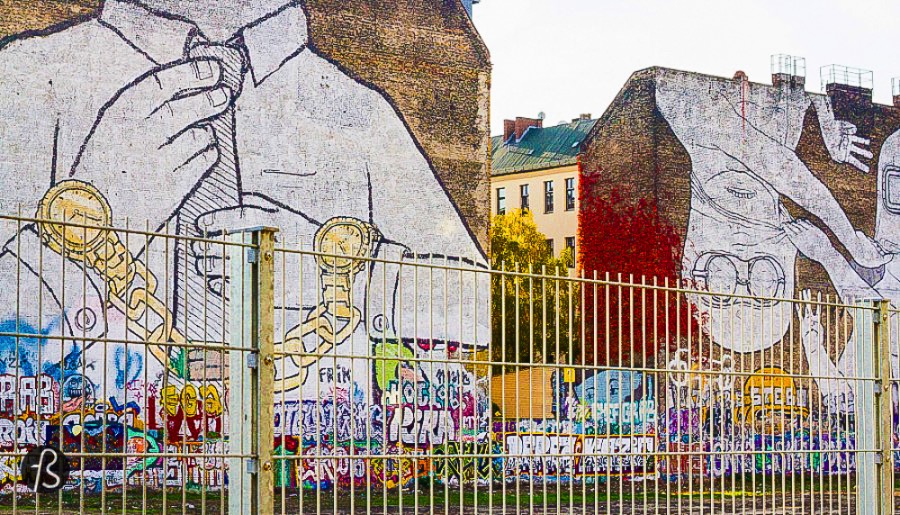
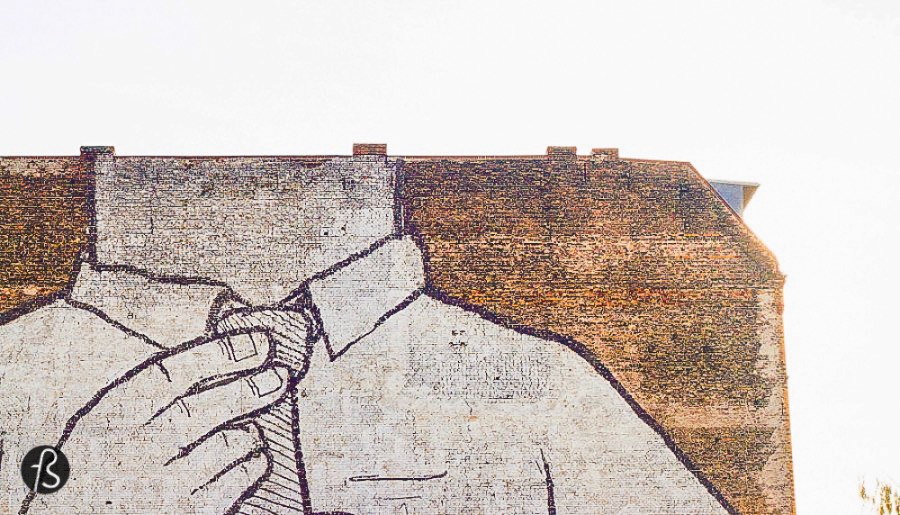
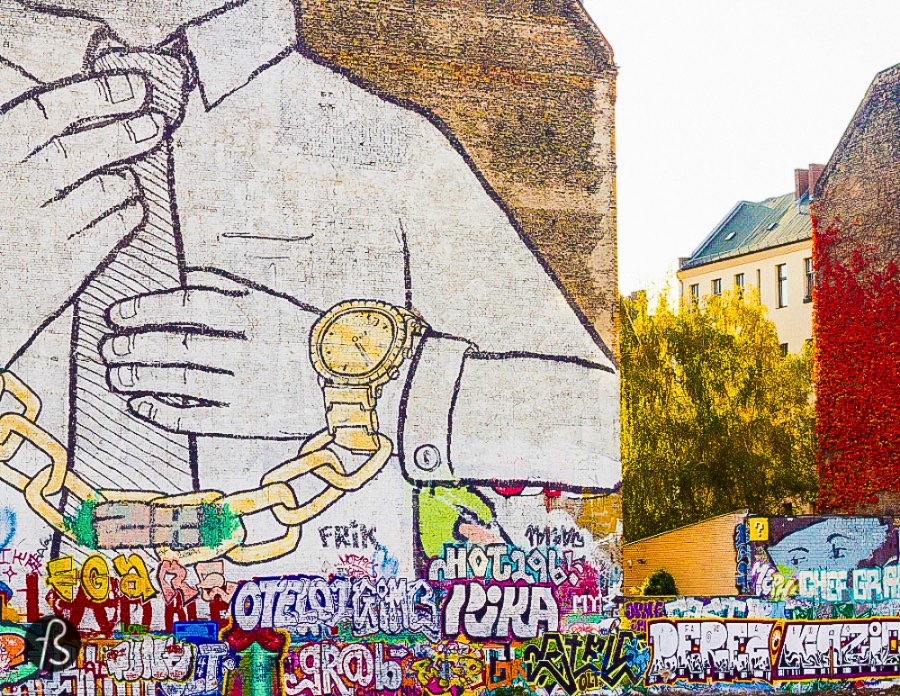
Jascha Herr doesn’t want to see these murals gone. He even created an online petition with more than 6.000 signatures asking to place the murals under the monument protection. Something that the spokeswoman from the Senate Department for Urban Development, Petra Rohland, doesn’t think is going to happen. Maybe this mural is too young to be saved by the city.
Maybe the architectural firm Langhof and investor Artur Süsskind should find a way of saving it. Still, I don’t think it will happen since their goal is to tear down the buildings on which the murals are painted and build 250 apartments, a kindergarten, a supermarket, and an open-air terrace facing the Spree River.
This morning, I was feeling productive and decided to use this to go to the Cuvrystraße before going to work and take some pictures of the murals from Blu before there is nothing left there. The lot in front of the murals is empty, and fences are everywhere.
Soon, no more Blu in Berlin.
I don’t know how long it will take to empty the building where the murals stand, but it can’t be long now. If you want to see it, do it before it is too late.
These big murals from Blu can be seen at the corner of Schlesische Straße and Cuvrystraße in Kreuzberg.
Saying Goodbye to Blu in Berlin-Kreuzberg
Cuvrystraße 51, 10997
Berlin, Germany
12/12/2014 Update: It is gone by now. You can see a timelapse of its removal here.